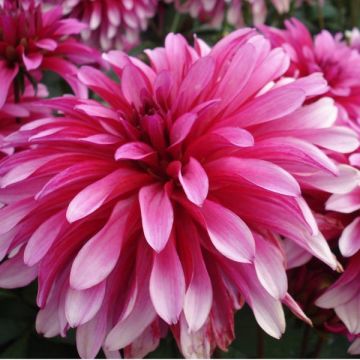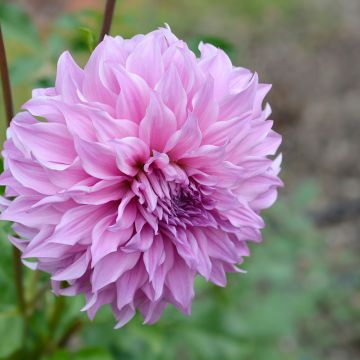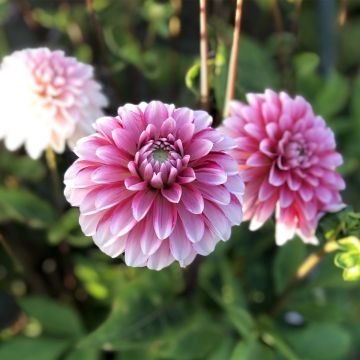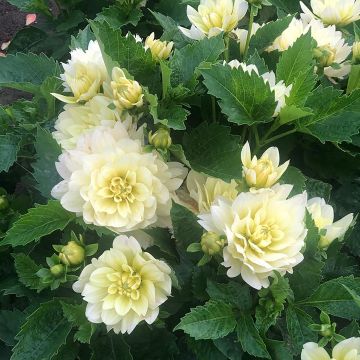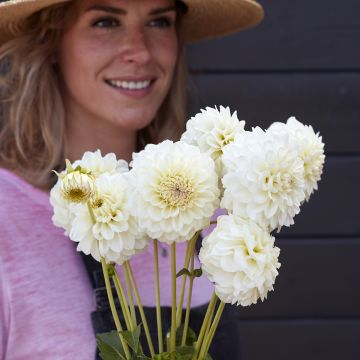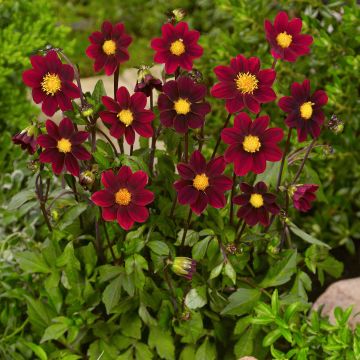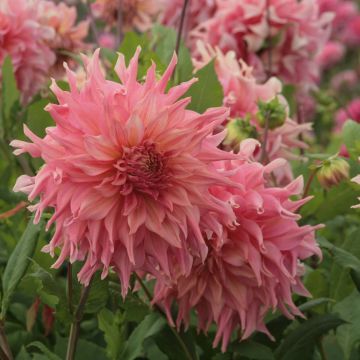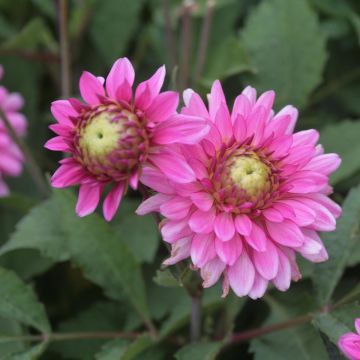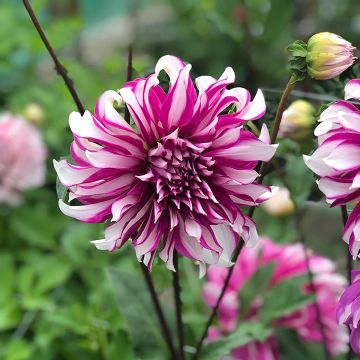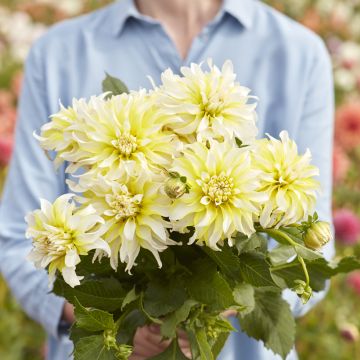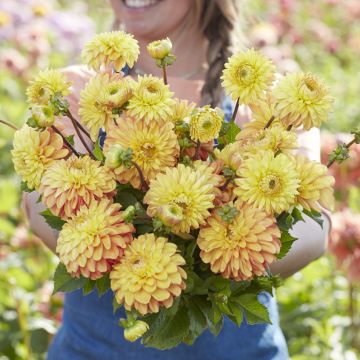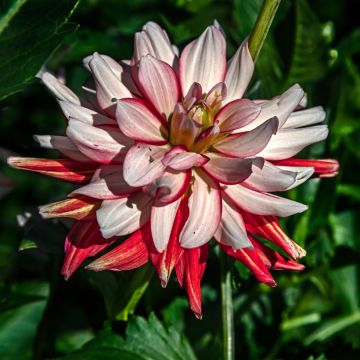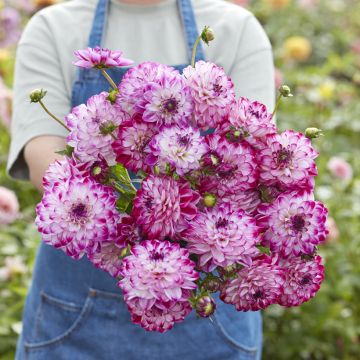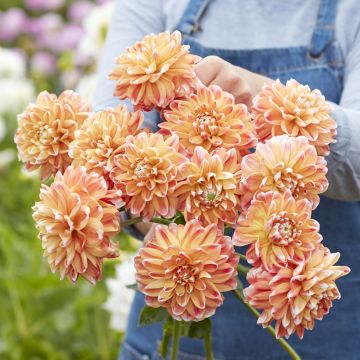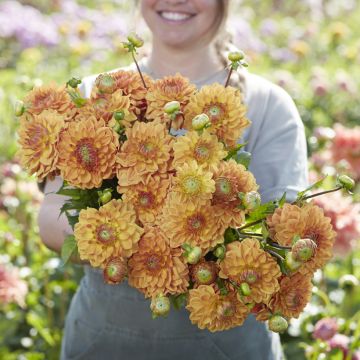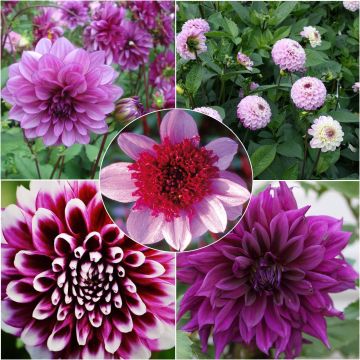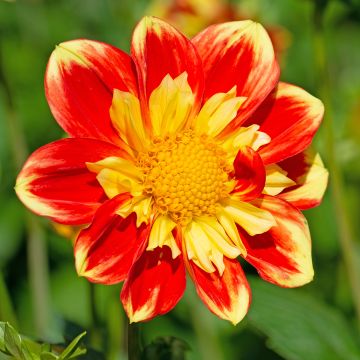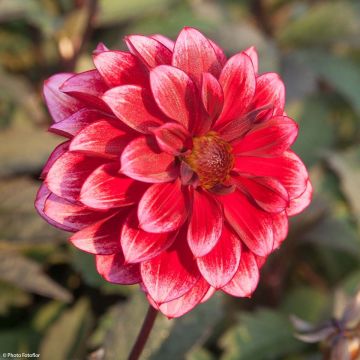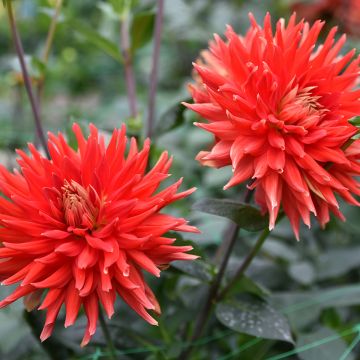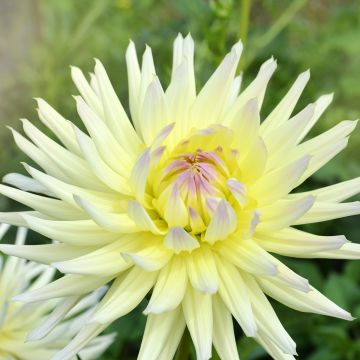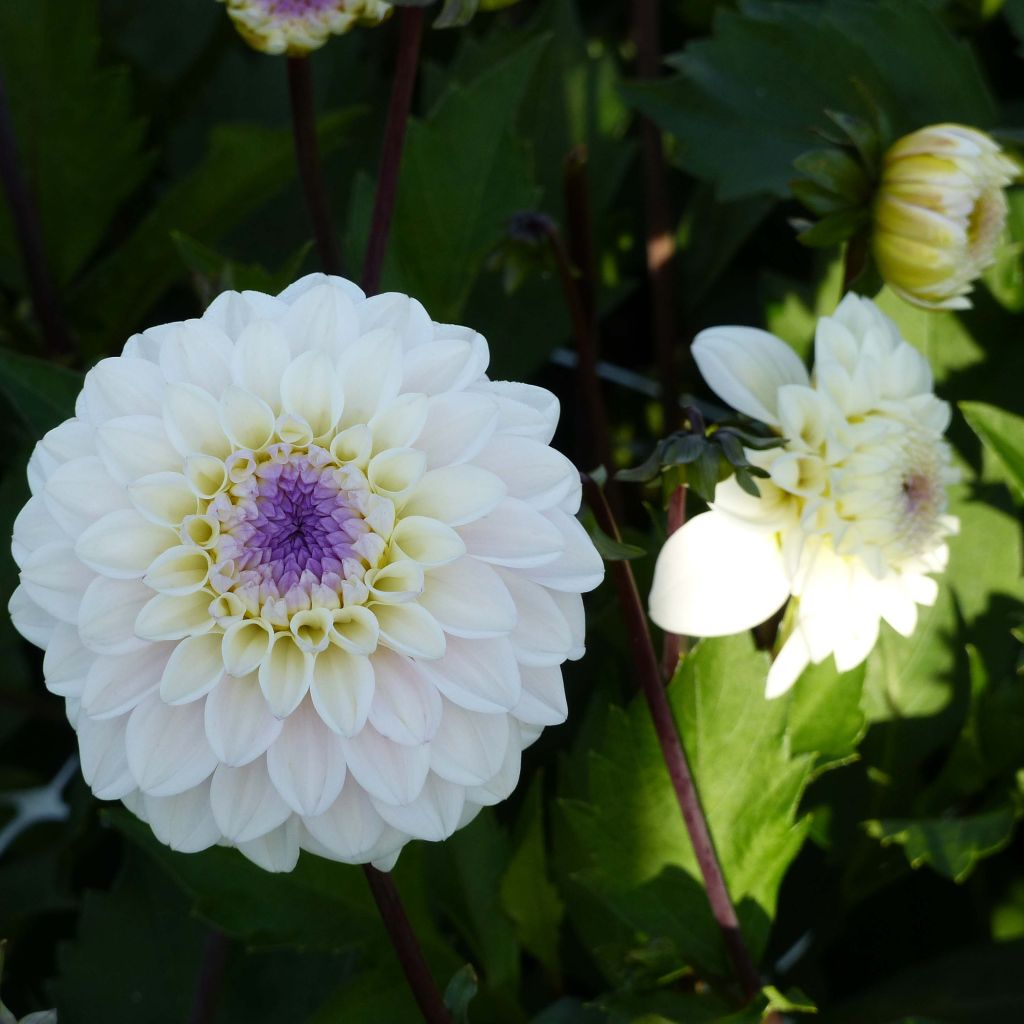

Dahlia décoratif Seniors White
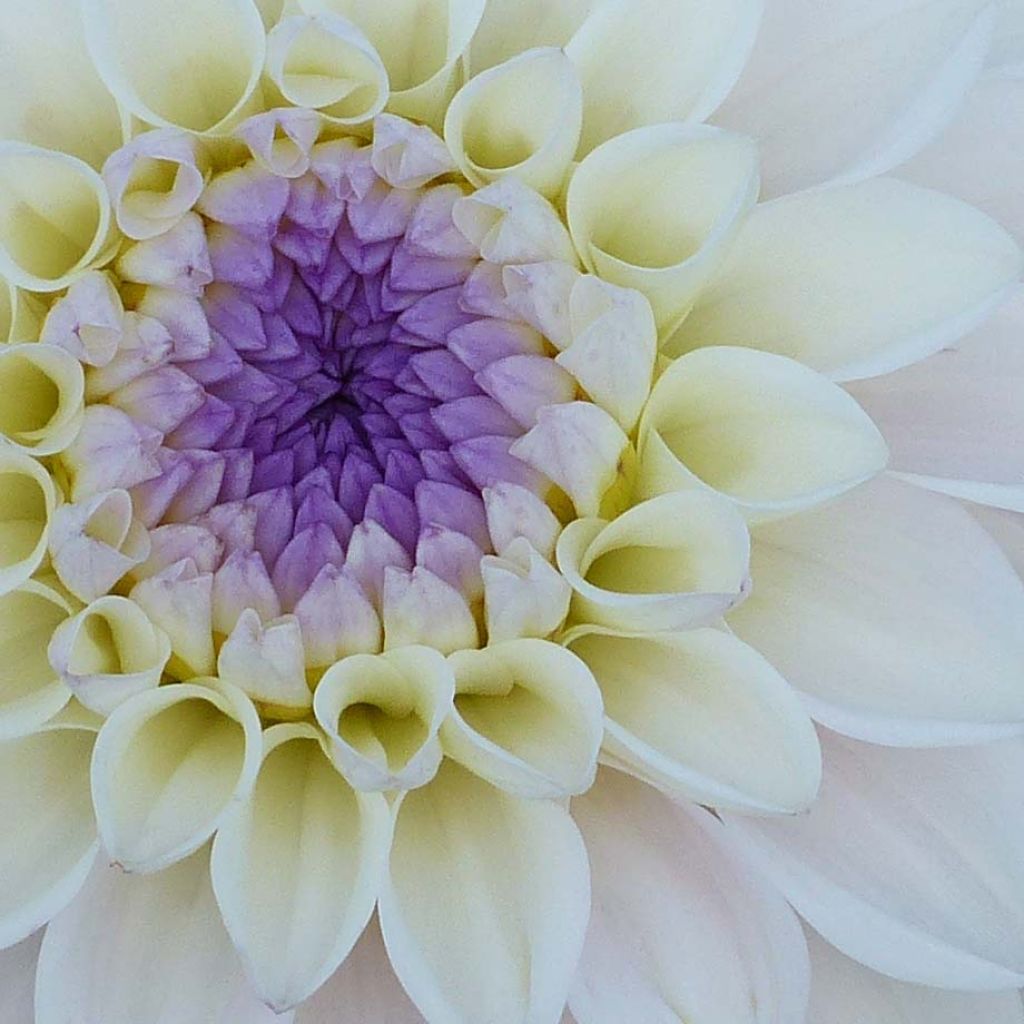

Dahlia décoratif Seniors White
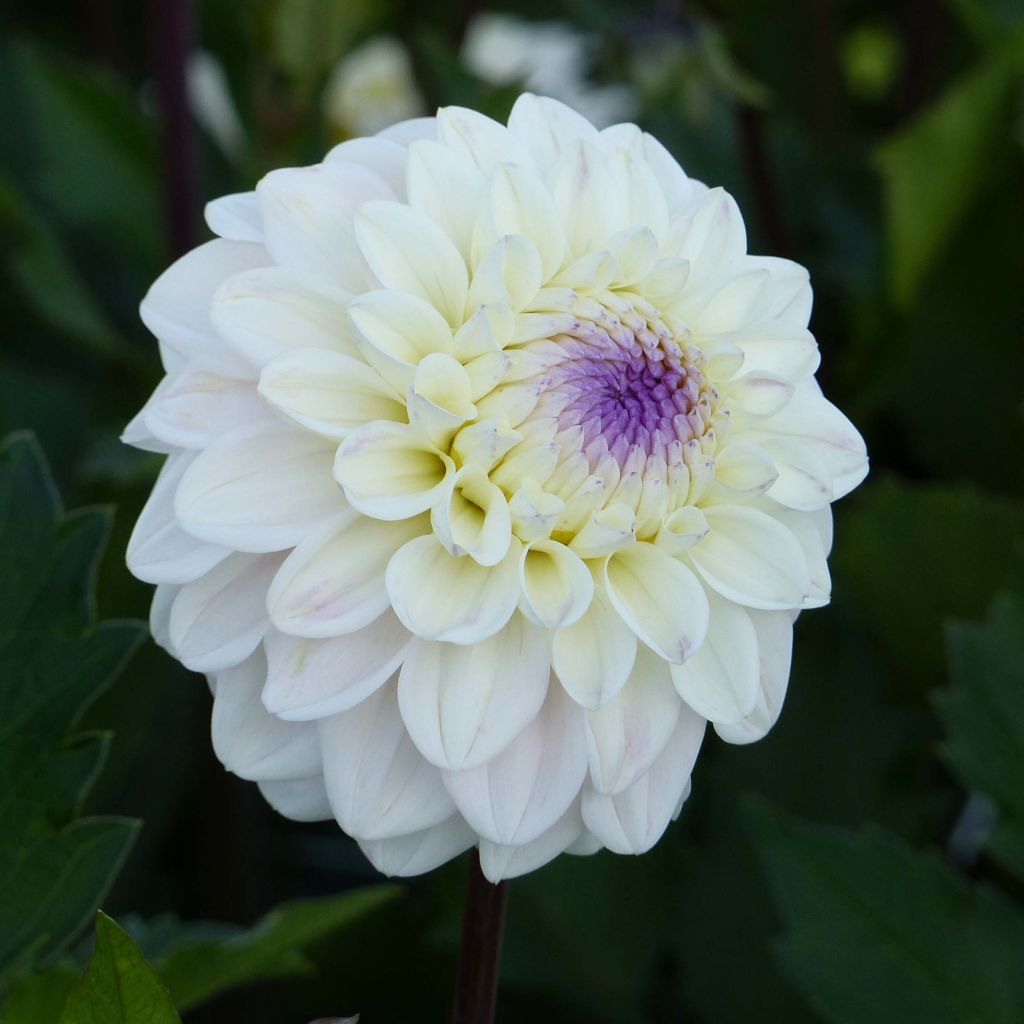

Dahlia décoratif Seniors White
Dahlia Seniors White
Dahlia Seniors White
Dahlia
Only one plant received out of the two ordered and billed, and the one received is rotten.
Karine, 22/05/2018
Special offer!
Receive a €20 voucher for any order over €90 (excluding delivery costs, credit notes, and plastic-free options)!
1- Add your favorite plants to your cart.
2- Once you have reached €90, confirm your order (you can even choose the delivery date!).
3- As soon as your order is shipped, you will receive an email containing your voucher code, valid for 3 months (90 days).
Your voucher is unique and can only be used once, for any order with a minimum value of €20, excluding delivery costs.
Can be combined with other current offers, non-divisible and non-refundable.
Why not try an alternative variety in stock?
View all →This plant carries a 6 months recovery warranty
More information
We guarantee the quality of our plants for a full growing cycle, and will replace at our expense any plant that fails to recover under normal climatic and planting conditions.
Would this plant suit my garden?
Set up your Plantfit profile →
Description
Dahlia Senior's White is a newcomer to the superb series of Senior Dahlias. These varieties, highly floriferous and with particularly ornamental vegetation, are not very tall, bushy, and very dark, bringing something new to the world of Dahlias and are sensational in flowerbeds. This one offers the delicacy of its almost white ball-shaped flowers to this collection of very versatile plants that also have the advantage of not needing staking. The flowers here are of modest size but widely displayed and produced abundantly from summer until the first frost. The Senior Dahlias are a real favourite: 'Seniors White', with its candid pompom flowers, is easy to combine with all blooms and its modest stature is suitable for container gardening. Its flowers are very long-lasting in a vase.
Dahlias belong to the Asteraceae family and are originally from the high plateaus of Mexico. Currently, the approximately 25,000 horticultural varieties obtained by humans have arrived in gardens around the world, much to our delight.
The brand new variety 'Seniors White' is a semi-dwarf Dahlia, it will not exceed 70 cm (28in) in all directions. It is also classified as a decorative Dahlia, which is a horticultural category defined by the shape of the flower. In this group, the coloured ligules of the capitulum are arranged regularly in a spiral, they can be curved towards the stem or fringed, for example. The 'flowers' or capitula of 'Seniors White' are about 7-8 cm (3in) in diameter. The ligules or 'petals' are oval in shape, slightly concave. Their ivory-white colour is fairly uniform on the inflorescence, the ligules in the centre, forming a beautiful bud, are slightly shaded with cream and green. The golden heart of the flower only appears late, just before wilting. The flowering period is from July to October. The habit is bushy and compact. The highly branched stems are hollow and the leaves are opposite, pinnately lobed, meaning they are divided into 3 or 5 very toothed lobes. The leaves of this variety are very dark green, almost black, and the stems, also very dark, are purplish-violet.
To encourage repeat flowering, take care to remove faded flowers, or even better, regularly make large colourful bouquets by combining it with other varieties. 'Seniors White' goes well with all other varieties in the Senior series, as well as with all garden plants, shrubs, or perennials. In flowerbeds, this Dahlia will create bright spots contrasting with the brighter colors of Echinaceas, for example, as they bloom at the same time, as well as Hemerocallis or Asters. Japanese anemones are good companions for the late season, as are grasses (compact Miscanthus, Stipa, Pennisetum, Muhlenbergia capillaris, Eragrostis spectabilis). This variety of modest stature is particularly suitable for container gardening, to easily adorn the patio or balcony.
As the star plant in ornamental gardens, Dahlias are undoubtedly beautiful flowers. They are perfect in flowerbeds but can also enhance a vegetable garden. In Mexico, this tuberous plant was first cultivated as a root vegetable for consumption. Its poor taste qualities quickly relegated it to the status of an ornamental plant. Since then, the interest in their beautiful exuberance has never waned.
Dahlia Seniors White in pictures
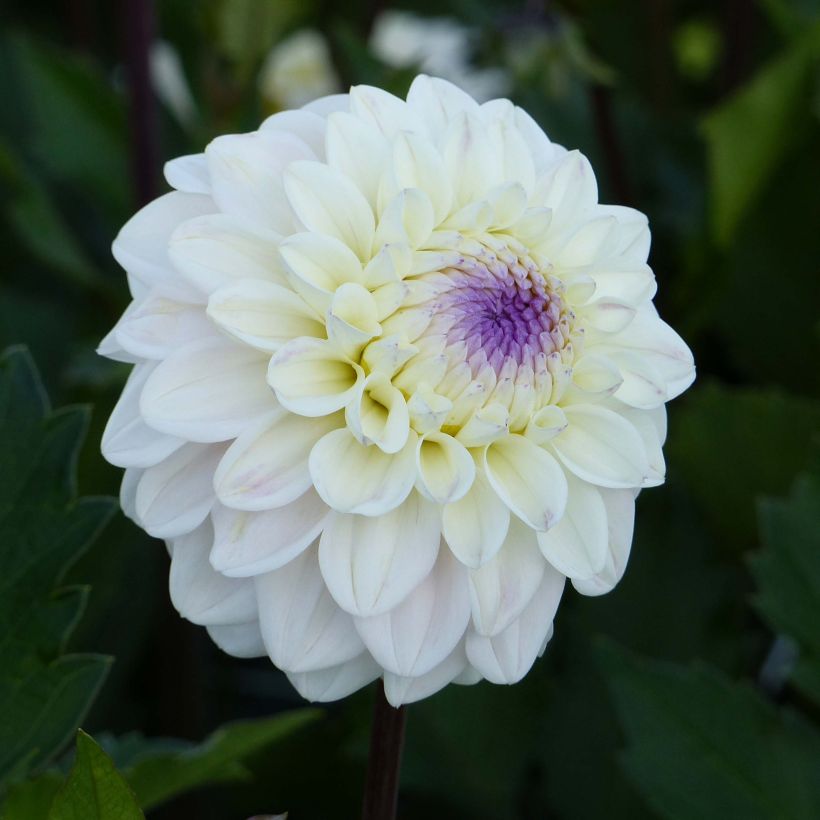

Plant habit
Flowering
Foliage
Botanical data
Dahlia
Seniors White
Asteraceae
Dahlia
Cultivar or hybrid
Other Ornamental Dahlias
View all →Planting and care
The decorative Dahlia 'Seniors White' is easy to grow in all regions. For abundant flowering, it is good to follow a few simple rules. Plant the tubers in full sun as soon as the last frost is over. Rich, damp, and well-drained soil is perfect. However, waterlogging would promote tuber rot. Feel free to amend the soil with compost and sand if necessary. Work the soil deeply and enrich it, for example, with bonemeal. Place your tuber and crumble the soil well to fill without air pockets. Your dahlia should be covered with about 6 cm (2in) of soil. At the end of planting, water generously once and then regularly repeat this watering during the first 6 weeks to help with rooting.
Dahlias are sensitive to cold, so they need to be overwintered. In November, the first frost blackens the foliage, which is the time to dig them up. Carefully remove the tubers, removing as much soil as possible. Let the foliage dry so that the tubers can replenish their reserves. Then cut the stems to 10 cm (4in). Spread your bulbs in a box on newspaper. Store them in a frost-free, dry, cool, and dark place, such as a frost-free garage or attic, for example. In warmer regions, or areas close to the coast, where there are few frosty days per year, it is possible to leave them in place. In this case, simply cover the ground with a carpet of leaves or straw for protection.
Planting period
Intended location
Care
Planting & care advice
-
, onOrder confirmed
Reply from on Promesse de fleurs
Similar products
Haven't found what you were looking for?
Hardiness is the lowest winter temperature a plant can endure without suffering serious damage or even dying. However, hardiness is affected by location (a sheltered area, such as a patio), protection (winter cover) and soil type (hardiness is improved by well-drained soil).

Photo Sharing Terms & Conditions
In order to encourage gardeners to interact and share their experiences, Promesse de fleurs offers various media enabling content to be uploaded onto its Site - in particular via the ‘Photo sharing’ module.
The User agrees to refrain from:
- Posting any content that is illegal, prejudicial, insulting, racist, inciteful to hatred, revisionist, contrary to public decency, that infringes on privacy or on the privacy rights of third parties, in particular the publicity rights of persons and goods, intellectual property rights, or the right to privacy.
- Submitting content on behalf of a third party;
- Impersonate the identity of a third party and/or publish any personal information about a third party;
In general, the User undertakes to refrain from any unethical behaviour.
All Content (in particular text, comments, files, images, photos, videos, creative works, etc.), which may be subject to property or intellectual property rights, image or other private rights, shall remain the property of the User, subject to the limited rights granted by the terms of the licence granted by Promesse de fleurs as stated below. Users are at liberty to publish or not to publish such Content on the Site, notably via the ‘Photo Sharing’ facility, and accept that this Content shall be made public and freely accessible, notably on the Internet.
Users further acknowledge, undertake to have ,and guarantee that they hold all necessary rights and permissions to publish such material on the Site, in particular with regard to the legislation in force pertaining to any privacy, property, intellectual property, image, or contractual rights, or rights of any other nature. By publishing such Content on the Site, Users acknowledge accepting full liability as publishers of the Content within the meaning of the law, and grant Promesse de fleurs, free of charge, an inclusive, worldwide licence for the said Content for the entire duration of its publication, including all reproduction, representation, up/downloading, displaying, performing, transmission, and storage rights.
Users also grant permission for their name to be linked to the Content and accept that this link may not always be made available.
By engaging in posting material, Users consent to their Content becoming automatically accessible on the Internet, in particular on other sites and/or blogs and/or web pages of the Promesse de fleurs site, including in particular social pages and the Promesse de fleurs catalogue.
Users may secure the removal of entrusted content free of charge by issuing a simple request via our contact form.
The flowering period indicated on our website applies to countries and regions located in USDA zone 8 (France, the United Kingdom, Ireland, the Netherlands, etc.)
It will vary according to where you live:
- In zones 9 to 10 (Italy, Spain, Greece, etc.), flowering will occur about 2 to 4 weeks earlier.
- In zones 6 to 7 (Germany, Poland, Slovenia, and lower mountainous regions), flowering will be delayed by 2 to 3 weeks.
- In zone 5 (Central Europe, Scandinavia), blooming will be delayed by 3 to 5 weeks.
In temperate climates, pruning of spring-flowering shrubs (forsythia, spireas, etc.) should be done just after flowering.
Pruning of summer-flowering shrubs (Indian Lilac, Perovskia, etc.) can be done in winter or spring.
In cold regions as well as with frost-sensitive plants, avoid pruning too early when severe frosts may still occur.
The planting period indicated on our website applies to countries and regions located in USDA zone 8 (France, United Kingdom, Ireland, Netherlands).
It will vary according to where you live:
- In Mediterranean zones (Marseille, Madrid, Milan, etc.), autumn and winter are the best planting periods.
- In continental zones (Strasbourg, Munich, Vienna, etc.), delay planting by 2 to 3 weeks in spring and bring it forward by 2 to 4 weeks in autumn.
- In mountainous regions (the Alps, Pyrenees, Carpathians, etc.), it is best to plant in late spring (May-June) or late summer (August-September).
The harvesting period indicated on our website applies to countries and regions in USDA zone 8 (France, England, Ireland, the Netherlands).
In colder areas (Scandinavia, Poland, Austria...) fruit and vegetable harvests are likely to be delayed by 3-4 weeks.
In warmer areas (Italy, Spain, Greece, etc.), harvesting will probably take place earlier, depending on weather conditions.
The sowing periods indicated on our website apply to countries and regions within USDA Zone 8 (France, UK, Ireland, Netherlands).
In colder areas (Scandinavia, Poland, Austria...), delay any outdoor sowing by 3-4 weeks, or sow under glass.
In warmer climes (Italy, Spain, Greece, etc.), bring outdoor sowing forward by a few weeks.






























